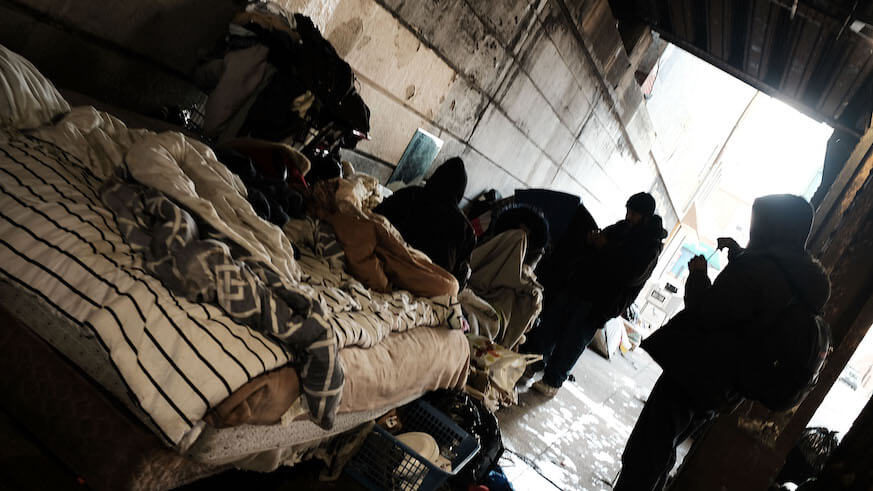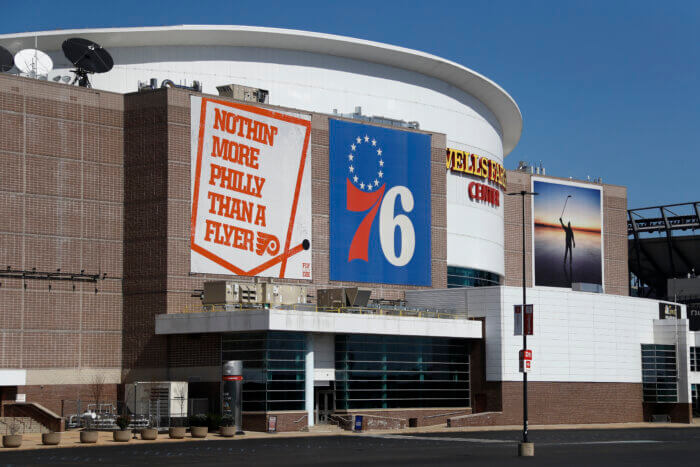According to Philadelphia health commissioner Tom Farley, the current opioid crisis is “the worst epidemic we have faced in the last hundred years.” Interestingly enough, the crack epidemic of the 1980s ravaged African-American and Latino communities little more than 30 years ago. Why wasn’t the crack epidemic recognized as a crisis then in the same way that the opioid crisis is receiving mainstream support now? The answer to that question is skin deep.
After years of doctors overprescribing opioid painkillers, thousands of people recently became addicted to them, later turned to hard drugs like heroin and subsequently died of overdoses. While the loss of lives to fervent drug use is a social problem, the search for a solution to the opioid crisis is a sobering look at how social issues don’t become crises until they affect white people.
For context, more than half of the 615 Philadelphians that died of opioid overdoses in 2016 were white. City officials regularly describe the opioid crisis as a social problem when it’s affecting a less-marginalized group of people in much higher numbers than Philadelphians of color. Because of this disparity in the racial makeup of opioid abusers, it was easy to be cynical when the city announced its support for opening Comprehensive User Engagement Sites (CUES) to allow addicts to safely use drugs.
The CUES are designed to sustain drug users long enough in a safe environment to keep them from overdosing. In addition to injections, users will also have access to treatment and can even be revived by trained staff if they overdose. While these efforts to solve the opioid epidemic sound noble, they’re decades late.
When crack cocaine hit black and brown communities in the 1980s, it had a domino effect on us that we are still reeling from today. Possession of crack for those caught selling it could lead to decades in prison with no parole, and for the people who became addicted to it, death. Crack usage became as much of a necessity to people hooked on it as food or water.
Parents on crack no longer had the ability to responsibly raise their children, leaving the obligation up to grandparents, aunts, uncles or anyone else directly related to them. Beyond the damage they did to themselves, crack addicts would also steal from those close to them, further alienating themselves and damaging already delicate family bonds. Had there been more patience from civic officials and legislators in working with communities decimated by crack cocaine, marginalized communities would have a better chance at success today.
Ultimately, the current health of the community at large is important, but there needs to be an accountability moving forward for Philadelphians of all racial backgrounds. It shouldn’t take white people dying from something in high numbers for public officials to finally consider it a crisis.
Note: the views expressed in this piece are those of the author and do not necessarily reflect those of Metro US. To respond, react, or share your opinion, email Metro Voices at [email protected] or hit us up on Twitter/Facebook at MetroPhilly.




























